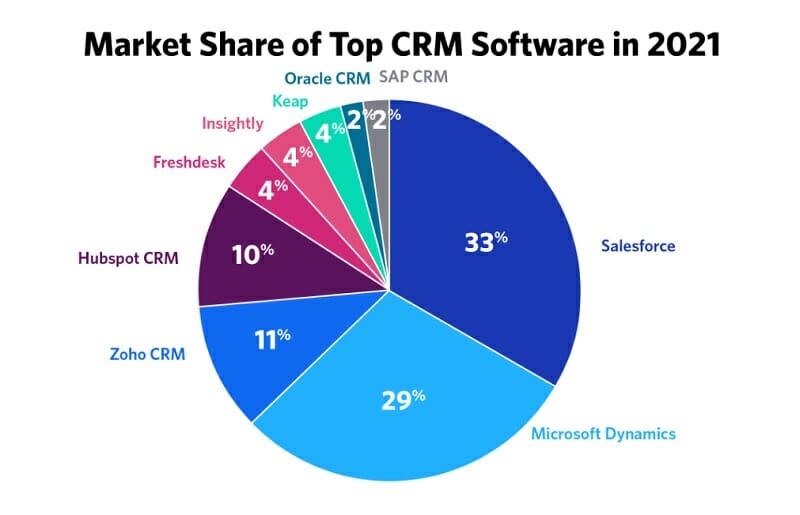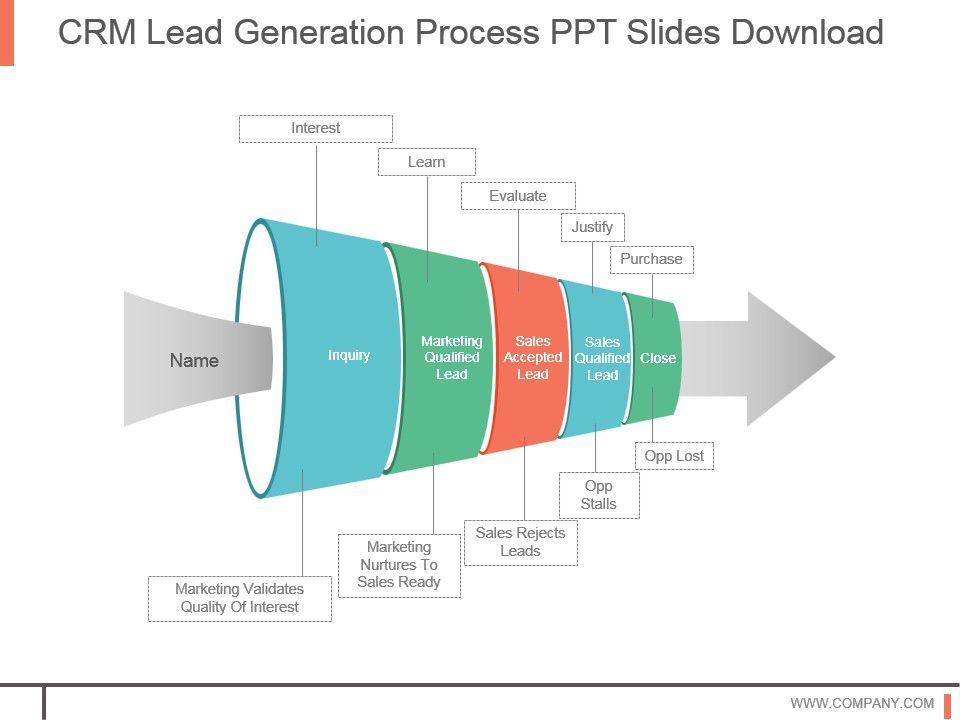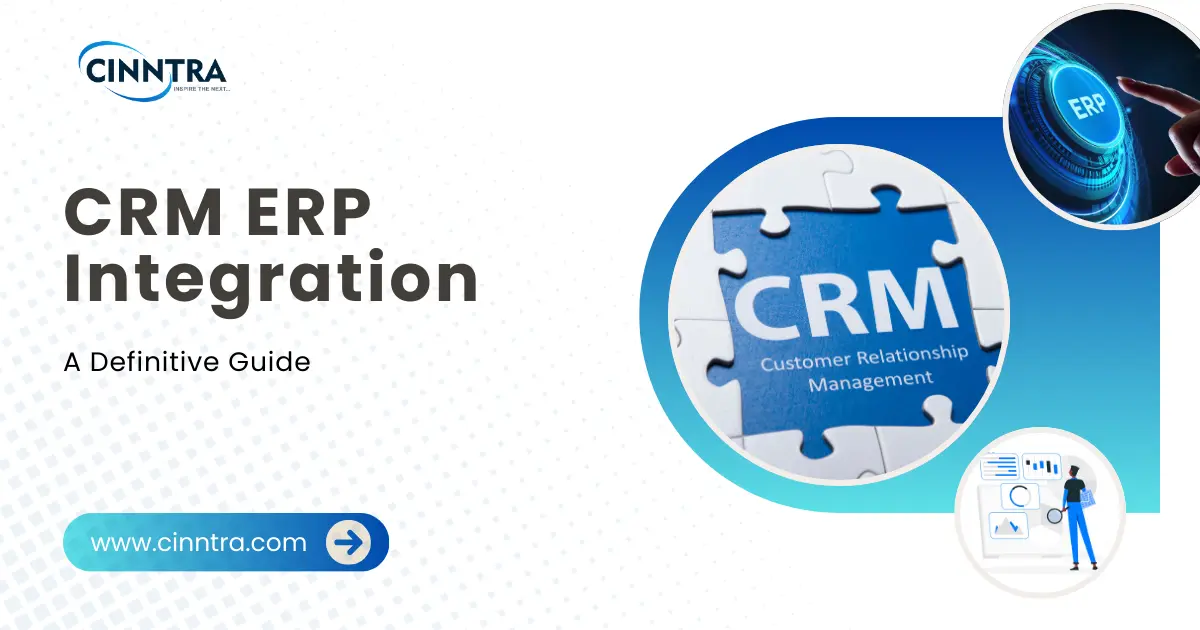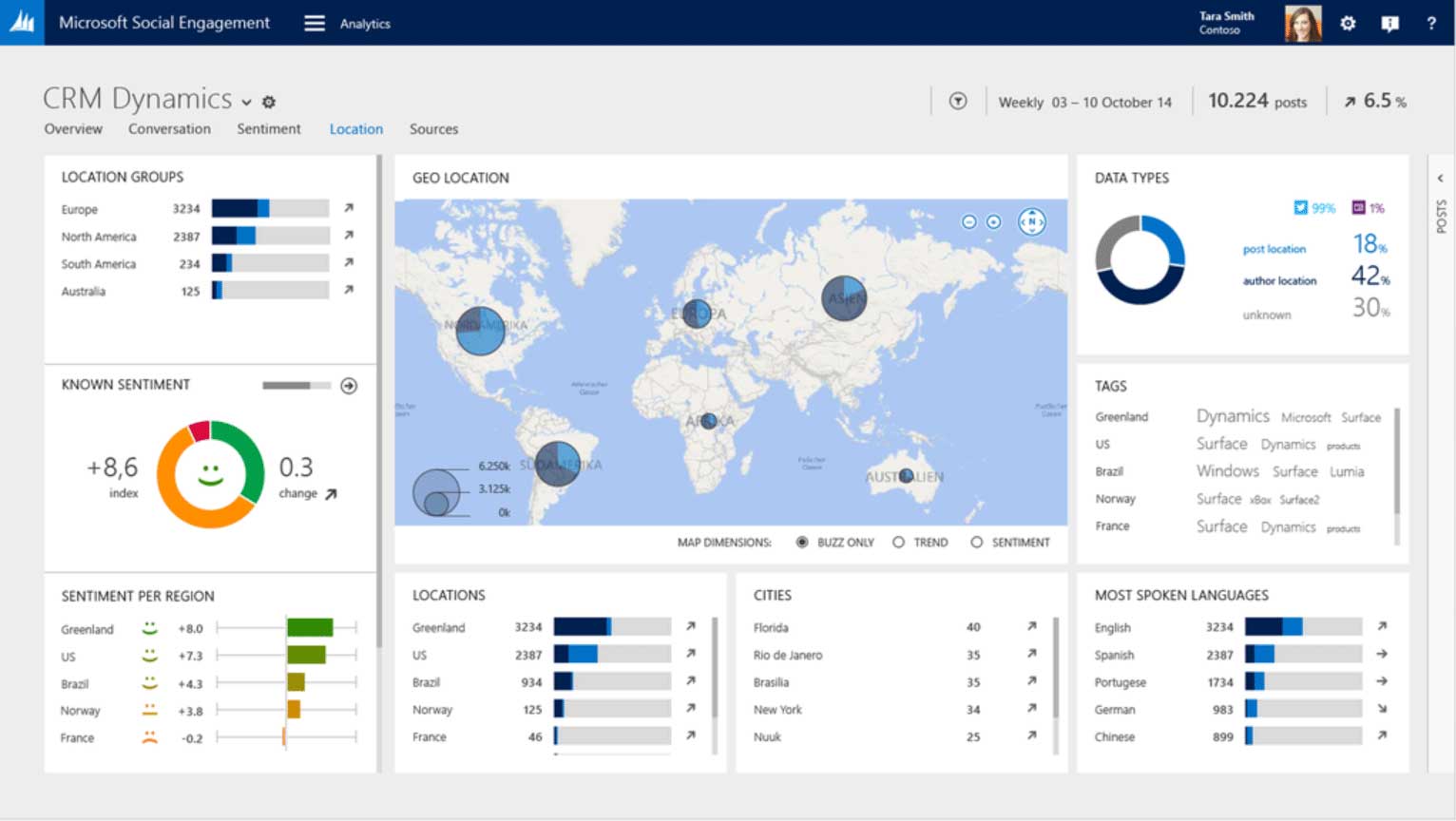Unlocking Growth: A Comprehensive Guide to CRM Marketing Analytics

Unlocking Growth: A Comprehensive Guide to CRM Marketing Analytics
In today’s hyper-competitive business landscape, understanding your customer is no longer a luxury; it’s a necessity. That’s where the power of CRM marketing analytics comes into play. It’s the secret weapon that allows businesses to not only track customer interactions but also to glean actionable insights, optimize marketing efforts, and ultimately, drive sustainable growth. This comprehensive guide delves deep into the world of CRM marketing analytics, providing you with the knowledge and tools needed to transform raw data into a powerful engine for success.
What is CRM Marketing Analytics?
At its core, CRM (Customer Relationship Management) marketing analytics involves the process of collecting, analyzing, and interpreting customer data to improve marketing performance and customer relationships. It’s about leveraging the information stored within your CRM system to understand customer behavior, personalize marketing campaigns, and measure the effectiveness of your strategies. Think of it as the detective work of the marketing world, where data is the evidence, and the goal is to uncover the secrets to customer satisfaction and profitability.
Unlike traditional marketing analytics, which often focuses on broad metrics like website traffic and click-through rates, CRM marketing analytics takes a more granular approach. It delves into the specifics of individual customer interactions, providing a 360-degree view of each customer’s journey. This includes everything from initial website visits and email opens to purchase history and customer service interactions. This comprehensive view allows marketers to make informed decisions and tailor their strategies to meet the unique needs of each customer segment.
Key Components of CRM Marketing Analytics
To truly grasp the power of CRM marketing analytics, it’s essential to understand its key components:
- Data Collection: This involves gathering data from various sources, including your CRM system, website analytics, social media platforms, and email marketing software. The more data you collect, the richer the insights you can glean.
- Data Integration: This is the process of combining data from different sources into a unified view. This allows you to see the complete customer journey and identify patterns and trends.
- Data Analysis: This involves using statistical techniques and analytical tools to identify patterns, trends, and insights within the data. This is where you start to uncover the ‘why’ behind customer behavior.
- Reporting and Visualization: This involves presenting your findings in a clear and concise manner, often using dashboards, charts, and graphs. This makes it easier for stakeholders to understand the data and make informed decisions.
- Actionable Insights: The ultimate goal of CRM marketing analytics is to generate actionable insights that can be used to improve marketing performance. This includes identifying opportunities to personalize campaigns, optimize customer journeys, and increase customer lifetime value.
Benefits of Implementing CRM Marketing Analytics
The benefits of implementing CRM marketing analytics are numerous and far-reaching. Here are some of the key advantages:
Improved Customer Understanding
CRM marketing analytics provides a deep understanding of your customers, including their needs, preferences, and behaviors. This allows you to create more targeted and personalized marketing campaigns that resonate with your audience. By understanding what motivates your customers, you can tailor your messaging and offers to increase engagement and drive conversions.
Enhanced Marketing ROI
By analyzing the performance of your marketing campaigns, you can identify what’s working and what’s not. This allows you to optimize your campaigns, allocate your budget more effectively, and ultimately, improve your return on investment (ROI). CRM marketing analytics helps you make data-driven decisions that lead to more efficient and effective marketing efforts.
Increased Customer Retention
By understanding customer behavior and identifying potential churn risks, you can proactively address customer concerns and improve customer satisfaction. This leads to increased customer loyalty and retention. CRM marketing analytics enables you to identify at-risk customers and implement strategies to keep them engaged and happy.
Personalized Customer Experiences
CRM marketing analytics allows you to personalize customer experiences across all touchpoints. This includes tailoring website content, email communications, and product recommendations to individual customer preferences. Personalized experiences lead to increased customer engagement and satisfaction.
Improved Sales Performance
By understanding customer behavior and identifying qualified leads, you can improve the efficiency of your sales team. CRM marketing analytics helps you identify the most promising leads and prioritize your sales efforts accordingly. This leads to increased sales and revenue.
Data-Driven Decision Making
CRM marketing analytics provides a data-driven basis for making marketing decisions. This reduces the reliance on guesswork and intuition and allows you to make informed decisions based on facts and evidence. Data-driven decision-making leads to more effective marketing strategies and better business outcomes.
Key Metrics to Track in CRM Marketing Analytics
To effectively utilize CRM marketing analytics, it’s essential to track the right metrics. Here are some of the key metrics to monitor:
Customer Acquisition Cost (CAC)
This metric measures the cost of acquiring a new customer. It’s calculated by dividing the total marketing and sales expenses by the number of new customers acquired. Tracking CAC helps you understand the efficiency of your customer acquisition efforts.
Customer Lifetime Value (CLTV)
This metric estimates the total revenue a customer will generate throughout their relationship with your business. CLTV is a crucial metric for understanding the long-term value of your customers and making informed decisions about customer retention and acquisition strategies.
Conversion Rate
This metric measures the percentage of website visitors or leads who convert into customers. Tracking conversion rates helps you identify areas for improvement in your marketing funnel.
Customer Retention Rate
This metric measures the percentage of customers who remain customers over a specific period. Tracking customer retention rate helps you assess the effectiveness of your customer retention efforts.
Churn Rate
This metric measures the percentage of customers who stop doing business with you over a specific period. Tracking churn rate helps you identify potential issues with customer satisfaction and retention.
Return on Investment (ROI)
This metric measures the profitability of your marketing campaigns. It’s calculated by dividing the net profit by the total marketing investment. Tracking ROI helps you evaluate the effectiveness of your marketing efforts and make data-driven decisions about budget allocation.
Website Traffic
This metric tracks the amount of traffic coming to your website. Analyzing website traffic helps you understand which marketing channels are driving the most traffic and which content is most engaging.
Email Open Rate
This metric measures the percentage of emails that are opened by recipients. Tracking email open rates helps you evaluate the effectiveness of your email subject lines and content.
Click-Through Rate (CTR)
This metric measures the percentage of email recipients who click on a link in your email. Tracking CTR helps you evaluate the effectiveness of your email content and calls to action.
Customer Satisfaction Score (CSAT)
This metric measures customer satisfaction with your products or services. Tracking CSAT helps you identify areas for improvement in your customer experience.
Net Promoter Score (NPS)
This metric measures customer loyalty and willingness to recommend your business to others. Tracking NPS helps you gauge customer sentiment and identify opportunities to improve customer advocacy.
Tools and Technologies for CRM Marketing Analytics
Several tools and technologies can help you implement CRM marketing analytics effectively:
CRM Software
Your CRM system is the foundation of your CRM marketing analytics efforts. Popular CRM platforms include Salesforce, HubSpot, Microsoft Dynamics 365, and Zoho CRM. Choose a CRM that meets your specific business needs and provides robust data collection and reporting capabilities.
Data Visualization Tools
Data visualization tools help you present your findings in a clear and concise manner. Popular data visualization tools include Tableau, Power BI, and Google Data Studio. These tools allow you to create interactive dashboards and reports that make it easier to understand your data.
Marketing Automation Software
Marketing automation software helps you automate your marketing campaigns and track their performance. Popular marketing automation platforms include Marketo, Pardot, and HubSpot. These tools allow you to personalize customer experiences and optimize your marketing efforts.
Web Analytics Tools
Web analytics tools, such as Google Analytics, provide valuable insights into website traffic and user behavior. These tools help you understand how visitors interact with your website and identify areas for improvement.
Data Integration Platforms
Data integration platforms, such as Zapier and IFTTT, allow you to connect your CRM system with other marketing tools and platforms. This helps you streamline your data collection and analysis efforts.
Steps to Implement CRM Marketing Analytics
Implementing CRM marketing analytics involves several key steps:
Define Your Goals
Before you start collecting and analyzing data, it’s essential to define your goals. What do you want to achieve with CRM marketing analytics? Are you trying to increase sales, improve customer retention, or personalize customer experiences? Defining your goals will help you focus your efforts and measure your success.
Choose Your Metrics
Once you’ve defined your goals, choose the metrics that are most relevant to your objectives. Focus on the metrics that will provide the most valuable insights and help you track your progress. Refer to the key metrics section above for ideas.
Collect Your Data
Collect data from various sources, including your CRM system, website analytics, social media platforms, and email marketing software. Ensure that you have a system in place for collecting and storing your data securely and accurately.
Integrate Your Data
Integrate your data from different sources into a unified view. This will allow you to see the complete customer journey and identify patterns and trends. Use data integration platforms or your CRM system’s built-in integration capabilities to streamline this process.
Analyze Your Data
Use statistical techniques and analytical tools to identify patterns, trends, and insights within your data. This is where you start to uncover the ‘why’ behind customer behavior. Consider using data visualization tools to help you understand your data more effectively.
Generate Actionable Insights
The ultimate goal of CRM marketing analytics is to generate actionable insights that can be used to improve marketing performance. Identify opportunities to personalize campaigns, optimize customer journeys, and increase customer lifetime value.
Implement Your Insights
Implement the insights you’ve generated by making changes to your marketing strategies and tactics. This may involve updating your website content, personalizing your email communications, or optimizing your customer journeys.
Track and Measure Your Results
Track and measure the results of your efforts to ensure that you’re achieving your goals. Use the metrics you selected in step two to monitor your progress and make adjustments as needed. Continuous monitoring and optimization are key to success.
Best Practices for CRM Marketing Analytics
To maximize the effectiveness of your CRM marketing analytics efforts, keep these best practices in mind:
Start Small and Scale Up
Don’t try to do everything at once. Start with a few key metrics and gradually expand your efforts as you gain experience and confidence. This will help you avoid being overwhelmed and ensure that you’re focusing on the most important aspects of your analysis.
Focus on Actionable Insights
Don’t get bogged down in the details. Focus on generating insights that can be used to improve your marketing performance. The goal is to make data-driven decisions that lead to better business outcomes.
Use the Right Tools
Choose the tools and technologies that best meet your needs and budget. Don’t feel like you have to invest in expensive software to get started. There are many affordable and free tools available that can provide valuable insights.
Train Your Team
Ensure that your team has the skills and knowledge needed to effectively use CRM marketing analytics. Provide training and support to help them understand the data and make informed decisions.
Continuously Optimize
CRM marketing analytics is an ongoing process. Continuously monitor your results, make adjustments as needed, and strive to improve your marketing performance over time. The landscape of marketing is constantly evolving, so staying adaptable is critical.
Prioritize Data Privacy and Security
Always prioritize data privacy and security. Comply with all relevant regulations and ensure that you’re protecting your customers’ data. Build trust by being transparent about how you collect and use customer information.
Examples of CRM Marketing Analytics in Action
Let’s look at some real-world examples of how businesses are using CRM marketing analytics to drive success:
E-commerce Retailer
An e-commerce retailer uses CRM marketing analytics to personalize product recommendations. By analyzing customer purchase history and browsing behavior, they can recommend products that are most likely to be of interest to each customer. This leads to increased sales and customer satisfaction.
SaaS Company
A SaaS company uses CRM marketing analytics to identify customers who are at risk of churning. By analyzing customer usage data and support interactions, they can identify customers who are not actively using their product or who are experiencing issues. They then proactively reach out to these customers to provide support and prevent churn.
Financial Services Provider
A financial services provider uses CRM marketing analytics to optimize their email marketing campaigns. By analyzing email open rates, click-through rates, and conversion rates, they can identify the most effective email subject lines, content, and calls to action. This leads to increased engagement and conversions.
Challenges in CRM Marketing Analytics
While CRM marketing analytics offers immense benefits, it’s important to be aware of the potential challenges:
Data Quality Issues
Poor data quality can undermine the accuracy of your analysis and lead to flawed insights. Ensure that you have a system in place for collecting and maintaining accurate and up-to-date data.
Data Silos
Data silos can prevent you from getting a complete view of your customers. Integrate your data from different sources into a unified view to overcome this challenge.
Lack of Expertise
Implementing CRM marketing analytics requires expertise in data analysis and marketing. Invest in training and development to ensure that your team has the skills they need.
Integration Challenges
Integrating your CRM system with other marketing tools and platforms can be challenging. Choose platforms that offer robust integration capabilities or use data integration platforms to streamline the process.
Privacy Concerns
Protecting customer data and complying with privacy regulations can be complex. Prioritize data privacy and security to build trust with your customers.
The Future of CRM Marketing Analytics
The field of CRM marketing analytics is constantly evolving. Here are some trends to watch:
Artificial Intelligence (AI) and Machine Learning (ML)
AI and ML are being used to automate data analysis, identify patterns, and generate more sophisticated insights. These technologies can help marketers make more informed decisions and personalize customer experiences.
Predictive Analytics
Predictive analytics is being used to forecast customer behavior and anticipate future trends. This allows marketers to proactively address customer needs and optimize their strategies.
Real-Time Personalization
Real-time personalization is becoming increasingly important. Marketers are using CRM marketing analytics to personalize customer experiences in real-time, based on their current behavior and preferences.
Focus on Customer Experience (CX)
The focus is shifting from simply tracking marketing metrics to understanding the entire customer experience. This holistic approach helps businesses build stronger customer relationships and drive greater loyalty.
Conclusion
CRM marketing analytics is a powerful tool that can help businesses of all sizes achieve their marketing goals. By leveraging the data stored within your CRM system, you can gain a deep understanding of your customers, personalize your marketing efforts, and drive sustainable growth. By following the steps and best practices outlined in this guide, you can unlock the full potential of CRM marketing analytics and transform your business.
Embrace the power of data, and you’ll be well on your way to building stronger customer relationships, optimizing your marketing ROI, and achieving lasting success. The journey may seem daunting at first, but the rewards are well worth the effort. Start small, stay focused, and continuously refine your approach. The future of marketing is data-driven, and with CRM marketing analytics, you have the tools to thrive.




